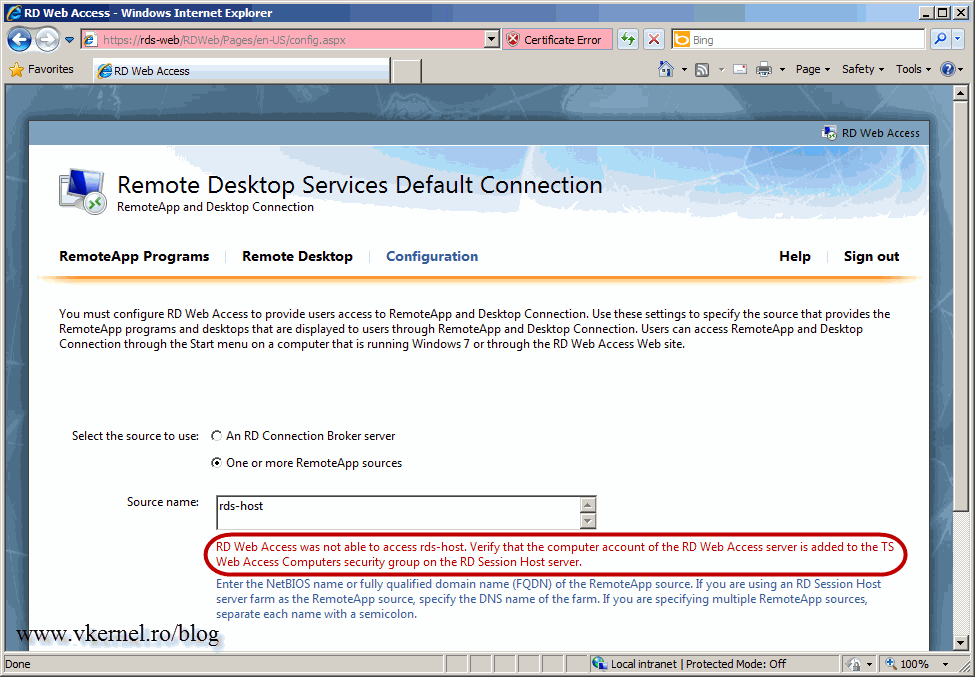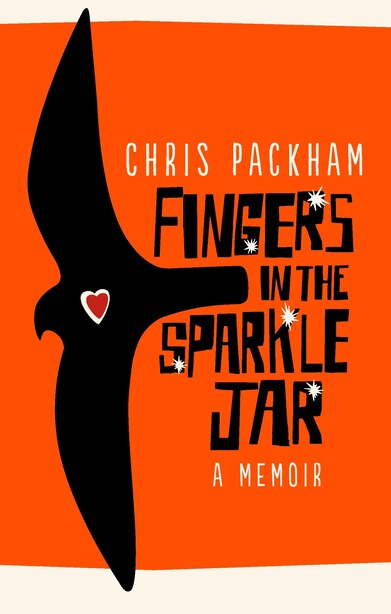About eighteen months ago I was asked to review Chris Packham’s nature memoir, Fingers in the Sparkle Jar, by an autism charity with links to the man himself. Presumably they thought that, as an autistic writer who lives in the New Forest like Packham, I would give it a glowing review. But I didn’t. So they didn’t publish it.
In honour of World Book Day, here it is:
Fingers In The Sparkle Jar Book Club Questions
Fingers in the Sparkle Jar Quotes Showing 1-3 of 3 “It was a pity he couldn't do an O level in beetle smell. Or rat identification, or birdsong.” ― Chris Packham, Fingers in the Sparkle Jar: A Memoir. What did you love best about Fingers in the Sparkle Jar? How the writer communicated his wonderful love for animals and the natural world, as well as how this intense love effected him so profoundly. I loved the title Fingers in the Sparkle Jar and really enjoyed how it was written. I was aware Chris Packham was a television wildlife presenter. Chris Packham's memoir Fingers in the Sparkle Jar is a brutal, beautiful book that subverts the memoir genre through third person accounts of events involving him. The timeline flicks around, with the Summer of 1975, the Summer of his kestrel, playing a centralised role. Fingers in the Sparkle Jar. By Chris Packham Chris Packham Audiobook. Listen to a sample Listen to a sample Description; Creators; Details; Every minute was magical, every single thing it did was fascinating and everything it didn't do was equally wondrous, and to be sat there, with a Kestrel, a real live Kestrel, my own real live Kestrel on my.

Fingers In The Sparkle Jar
Chris Packham is a man who divides people. I have met those who adore him and his animal activism, and others who cannot abide him. It should come as no surprise, therefore, that Fingers in the Sparkle Jar, his idiosyncratic memoir of his childhood, is just as divisive.
Hotel dash 2 play online. The title is, without a doubt, the best possible description for his work. A jumbled collection of vividly-drawn vignettes and intimately-rendered impressions, some magical, some shocking, all peculiarly individual, it will surely disappoint those looking for a straightforward autobiography. To read this book is to delve into a mixture of memories and imaginings, poetry and pain, as though shaking up a jar of recollections and drifting through the resulting chaos. This is the book’s main strength, and one of its key weaknesses.
You can control a remote PC by using a Microsoft Remote Desktop client. The client can run on almost any device, including on your mobile smartphone. The client gives you the same powers you would have if you could reach the PC's keyboard. Through the client, you can.  The Remote Desktop web client lets you use a compatible web browser to access your organization's remote resources (apps and desktops) published to you by your admin. You'll be able to interact with the remote apps and desktops like you would with a local PC no matter where you are, without having to switch to a different desktop PC. The Remote Desktop web client lets users access your organization's Remote Desktop infrastructure through a compatible web browser. They'll be able to interact with remote apps or desktops like they would with a local PC no matter where they are.
The Remote Desktop web client lets you use a compatible web browser to access your organization's remote resources (apps and desktops) published to you by your admin. You'll be able to interact with the remote apps and desktops like you would with a local PC no matter where you are, without having to switch to a different desktop PC. The Remote Desktop web client lets users access your organization's Remote Desktop infrastructure through a compatible web browser. They'll be able to interact with remote apps or desktops like they would with a local PC no matter where they are.
While there is an overall progression – it’s the story of a boy taking a kestrel chick from a nest and raising it, in the process learning about life and death – to try to impose a linear narrative to the text seems to be to miss the point. Indeed, it has an obsessive focus on the details rather than the ‘bigger picture’, clearly representing how Packham interprets the world and mirroring the workings of the autistic mind. As a reader, however, and an autistic one at that, I found this wandering style more alienating than inviting, especially the multiple shifts from first- to third-person, and craved something – anything – that might give me a sense of direction.
It is also a particularly difficult read, both in terms of form and content. From the first page, you are struck by Packham’s individualistic writing style – long sentences packed with adjectives and multiple clauses that create a wonderful sense of a place or a feeling but make literal understanding almost impossible. Some of his sentences I had to read a dozen times to even come close to getting the gist of what he was trying to say, and this added to my frustration with the book. Furthermore, the brutal, unsentimental honesty of his writing is at times deeply uncomfortable; the depictions of bullying and animal cruelty, for example, some of it by Packham himself – a passage where he describes his fondness for eating live tadpoles stands out – are markedly unpleasant and not for the squeamish.

Chris Packham Fingers In The Sparkle Jar

Fingers In The Sparkle Jar: A Memoir
All of which makes Fingers in the Sparkle Jar an incredibly difficult book to review. On the one hand, it is revealing and brave, beautifully illustrating the isolation, confusion, and bullying often experienced by those of us on the Spectrum while we were growing up; and on the other, I found it both a challenge and a chore to read. Having discussed it with others, some really liked the lyricism and free form of the structure, while others, like me, struggled to cope with the poeticism and formlessness of Packham’s style. I can understand why, as a dark, individualistic depiction of a childhood living with autism and nature, it has earned bestseller status, but if you’re expecting a straightforward autobiography about how a naturalist became a TV presenter and was subsequently diagnosed with Asperger’s Syndrome, this is definitely not the book for you.
